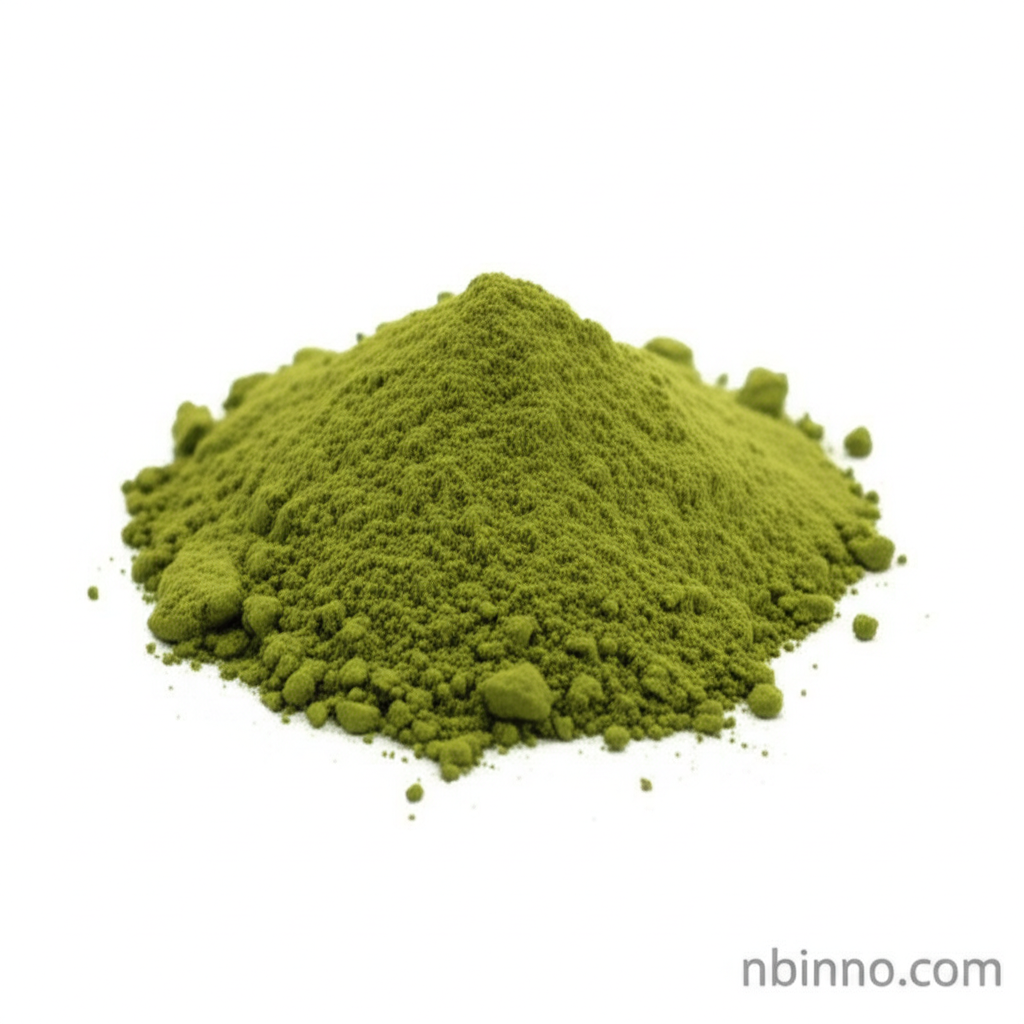3-Hydroxy-2-methyl-4-quinolinecarboxylic Acid: A Key Intermediate for Dyes and Pharmaceuticals
Discover the versatile applications and chemical significance of this vital organic compound.
Get a Quote & SampleProduct Core Value

3-Hydroxy-2-methyl-4-quinolinecarboxylic acid
This compound serves as a crucial building block in the synthesis of various organic molecules, primarily finding application as a key intermediate in the dye industry and for developing novel pharmaceuticals. Its unique quinoline structure and functional groups enable diverse chemical transformations.
- Leverage the power of 3-hydroxy-2-methyl-4-quinolinecarboxylic acid synthesis for creating vibrant dyes.
- Explore 3-hydroxy-2-methyl-4-quinolinecarboxylic acid applications in pharmaceutical development, including its potential as an antimicrobial agent.
- Benefit from CAS 117-57-7 as a reliable dye intermediate in your production processes.
- Utilize this compound in complex organic synthesis pathways to achieve desired molecular structures.
Product Advantages
Versatile Chemical Reactivity
The compound's ability to undergo reactions like azo coupling and decarboxylation makes it highly adaptable for various chemical synthesis needs, supporting a wide range of quinoline derivatives.
Pharmaceutical Potential
With demonstrated antimicrobial and antiprotozoal activities, this chemical intermediate is a promising candidate for developing new therapeutic agents, contributing to advancements in pharmaceutical intermediate synthesis.
High-Quality Intermediate
As a well-established compound with a CAS number of 117-57-7, it offers consistent quality and performance, making it a reliable choice for your chemical synthesis projects.
Key Applications
Dye Manufacturing
This compound is a vital intermediate for producing a range of dyes, contributing to the textile and colorant industries by enabling specific hue and stability characteristics in dyes.
Pharmaceutical R&D
Its structural features are explored for the development of new drugs, particularly those with antimicrobial or antiprotozoal properties, aiding in complex pharmaceutical synthesis.
Organic Synthesis
Serves as a fundamental building block in complex organic synthesis pathways, allowing chemists to create intricate molecular architectures.
Material Science
While primarily known for dyes and pharmaceuticals, its unique structure also opens avenues for development in advanced materials, further enhancing its utility in chemical synthesis.
